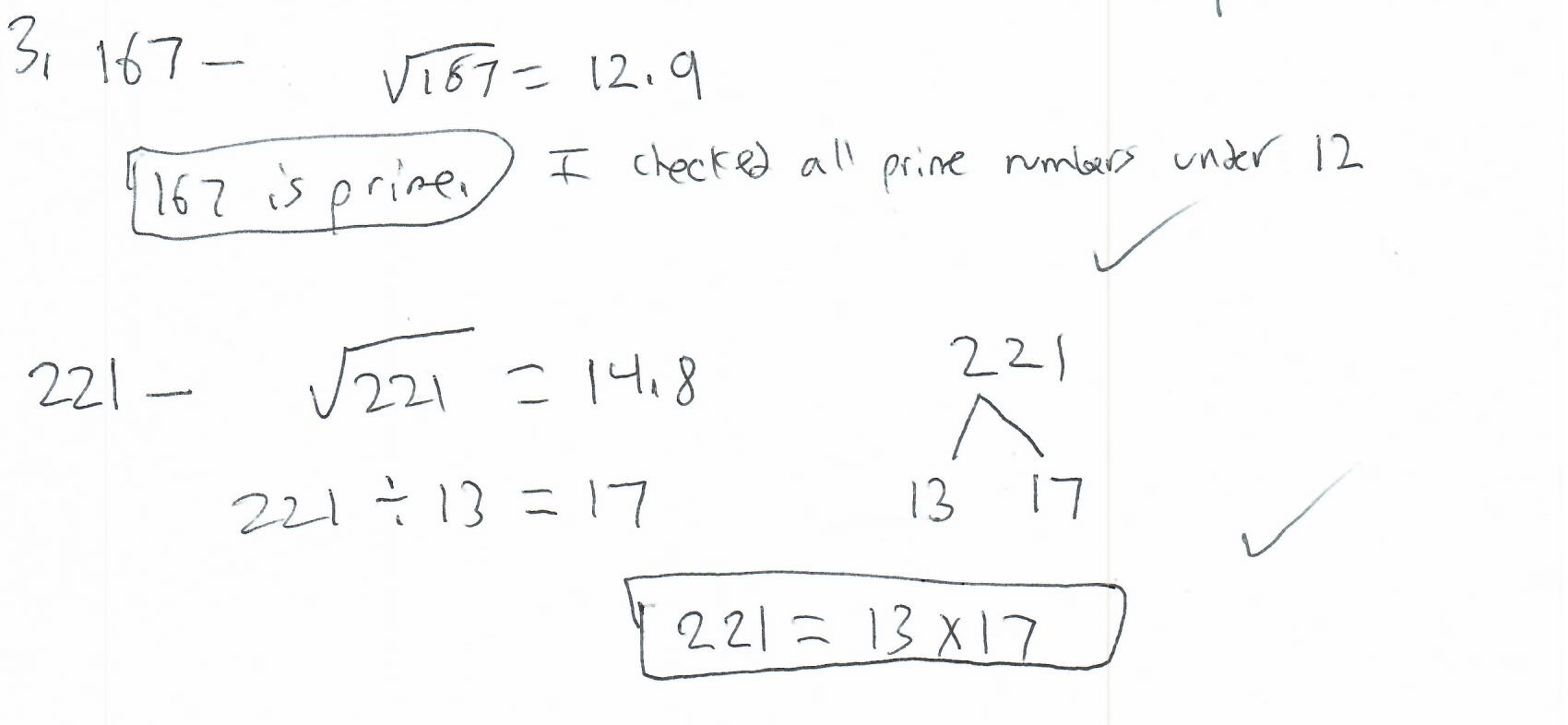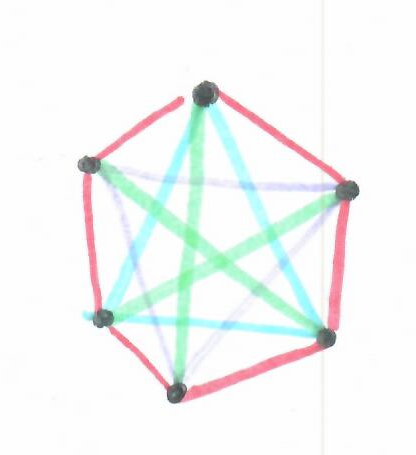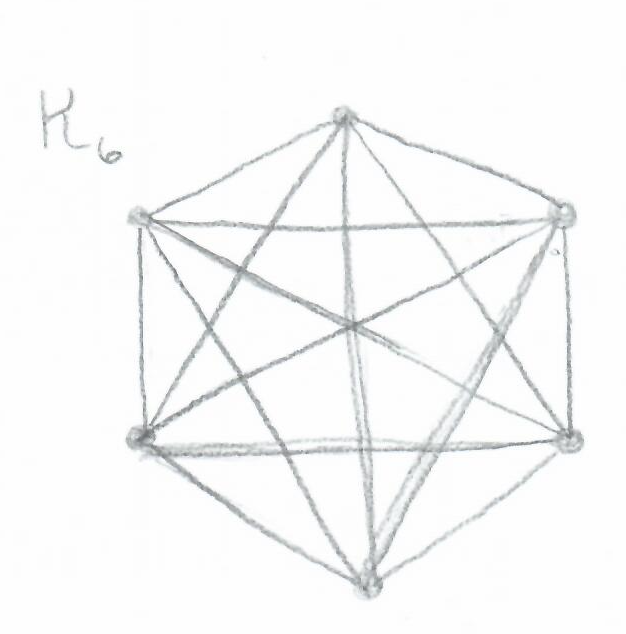- Counting numbers: positive integers; positive whole numbers; natural numbers 1,2,3,4,etc.;
- Prime number: counting numbers with exactly two distinct factors, 1 and themselves.
- Composite number: counting numbers with three or more distinct factors.
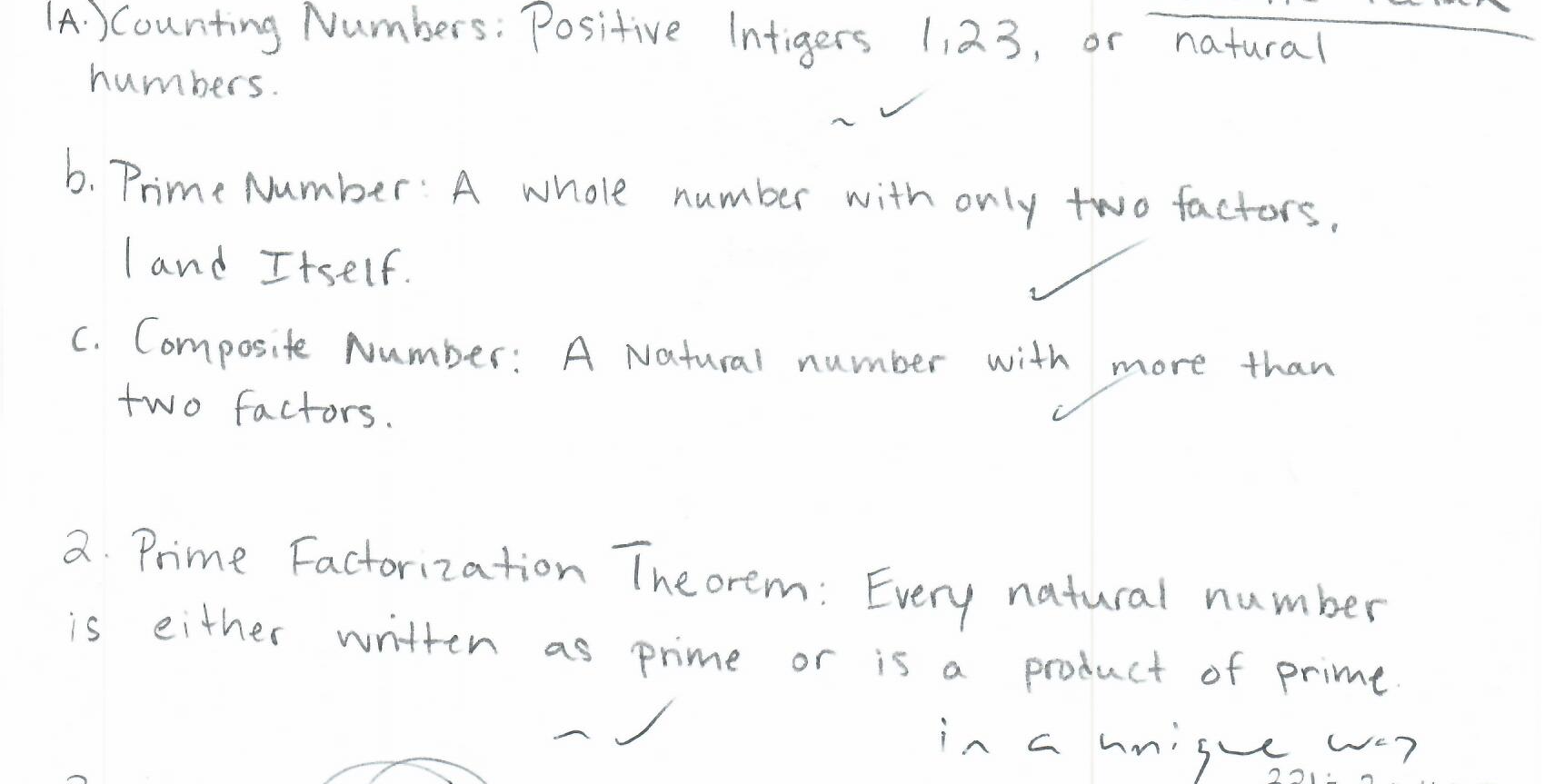
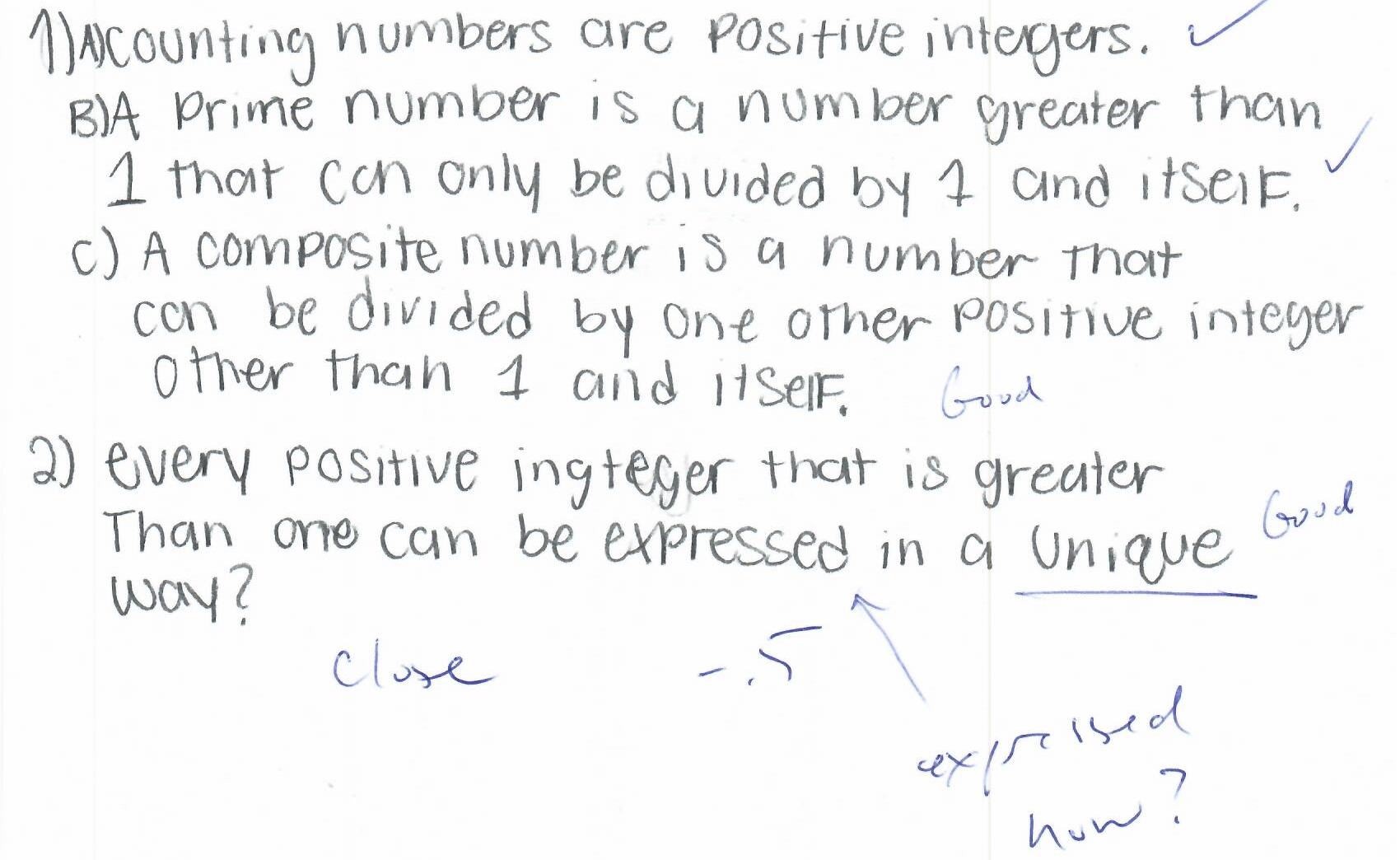
Theorem (prime decomposition or prime factorization): every natural number (other than 1) is either prime, or can be written as a product of primes in a unique way, from smallest to largest.
In the examples above, one person missed the restriction to counting numbers greater than 1, and uniqueness; the other used the word "unique", which pleased me!
- 167
- 221
